Purchase of this book includes free trial access to www.million-books.com where you can read more than a million books for free. This is an OCR edition with typos. Excerpt from book: II SOME CHARACTERISTICS OF HEBREW POETRY I. The Form of Hebrew Poetry The principles that regulate the form of Hebrew poetry are as unique as is the poetry itself. Almost all that we are rightly or wrongly accustomed to associate with poetry is characteristically absent from the poetry of the Bible. It has no rhyme, though there are sporadic and insignificant traces of this. It has no metre, at least in the classical sense of that word: the attempt to make out hexameters and pentameters such as we find in Ovid and Theocritus, is hopeless in the face of the facts. It has no uniform strophic arrangement in the Greek sense of the word strophe?no regular recurrence of symmetrical sections whose corresponding lines accurately balance each other. It has not indeed these things, but it has something profounder; for the Hebrew cared more for sense than sound. Instead of rhyme and metre, it gives us rhythm ?not apparently of syllables, and not very conspicuously of words, but rather of thoughts and things. This distinguishing feature of Hebrew poetry was first happily characterized by Robert Lowth (1753) in his famous " Lectures on the Sacred Poetry of the Hebrews " as parallelism, and the essence of it is that the second clauseof a verse, where there are two clauses, is in some way parallel to the first, whether as a repetition of the thought therein contained, or a co-ordination of an almost similar thought, or a contrast with the thought already expressed, or an amplification of that thought. Of these four types of verse, the second, which is known as the synonymous, and the third, which is known as the antithetic, are on the whole the most frequent and important. An illustration or two will make the usage clear: Synonymous parallelism: (a) Let us break their bands asu...

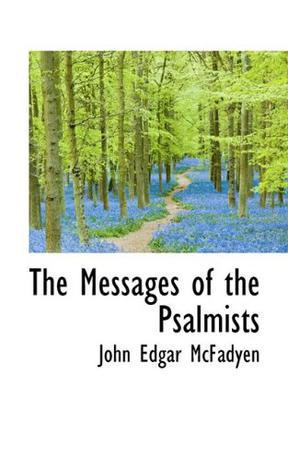
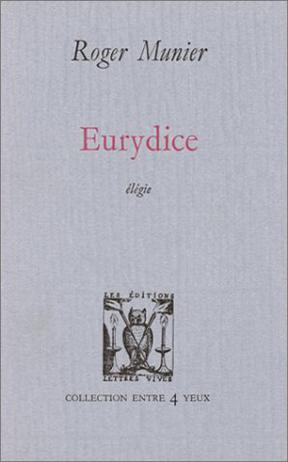
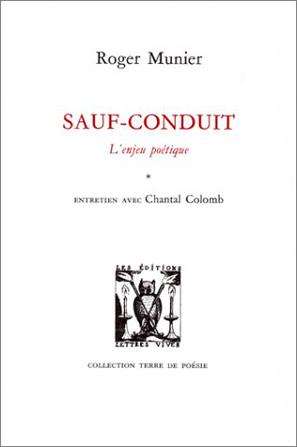
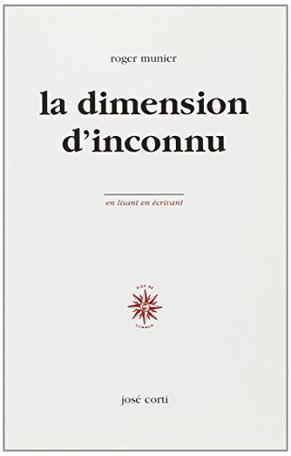
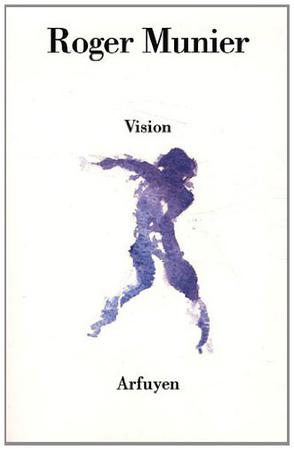
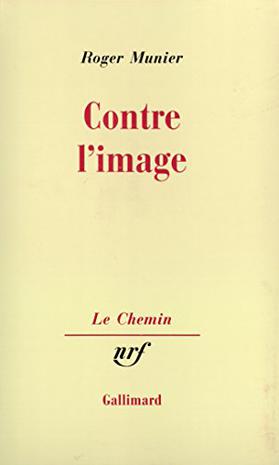
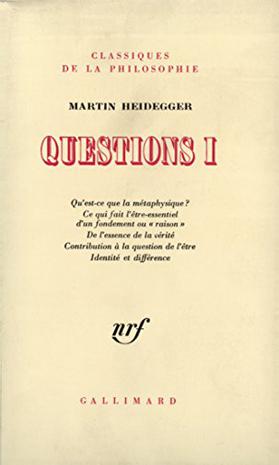
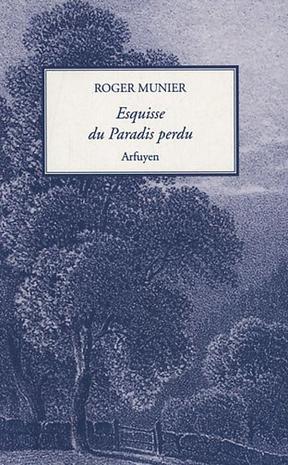
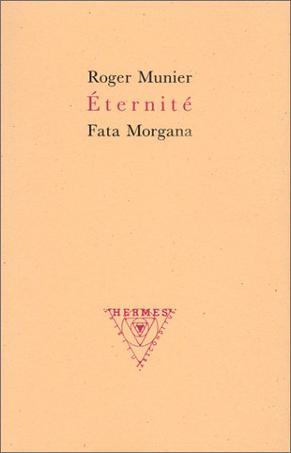
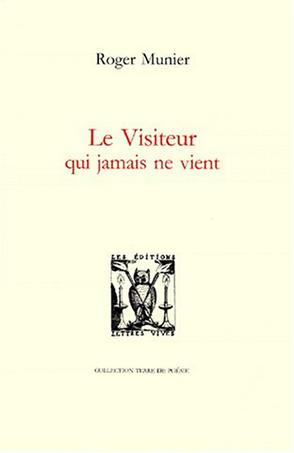
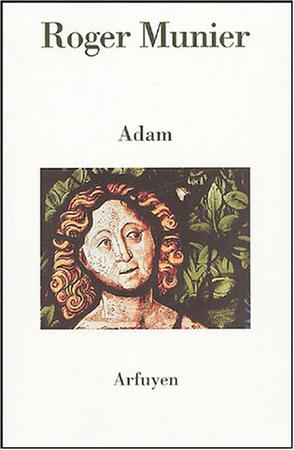
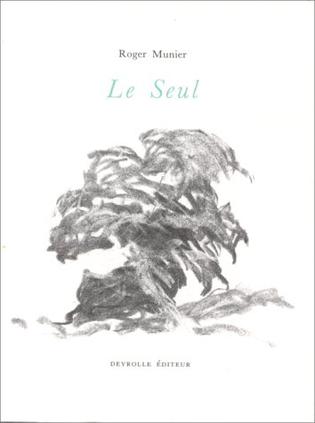
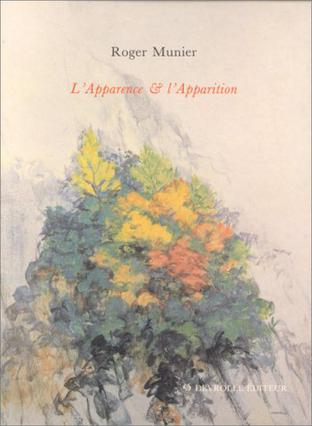
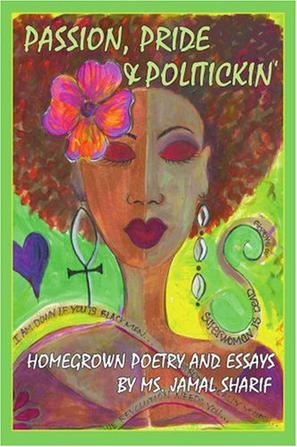


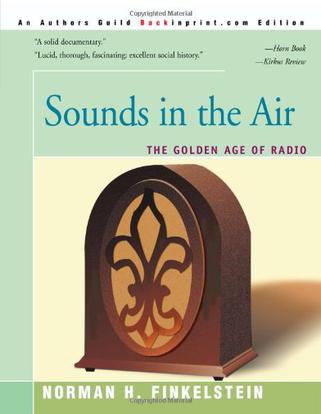



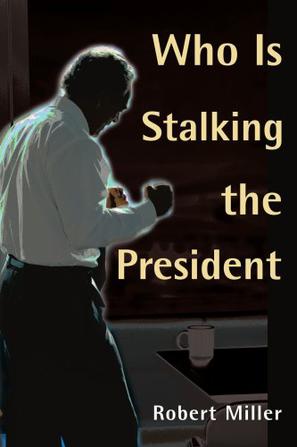
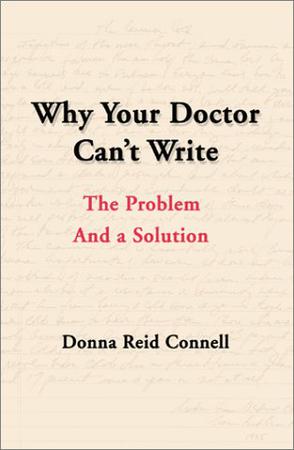

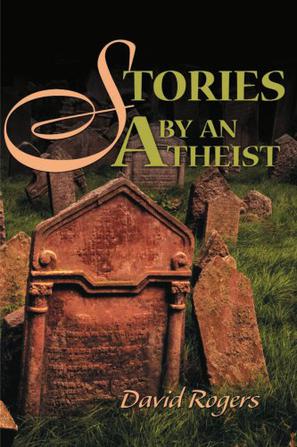


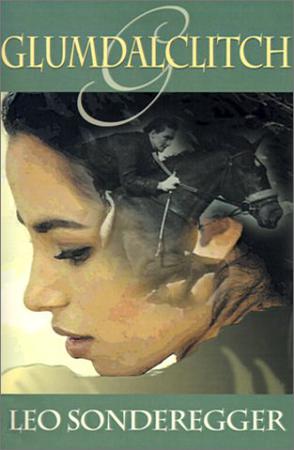

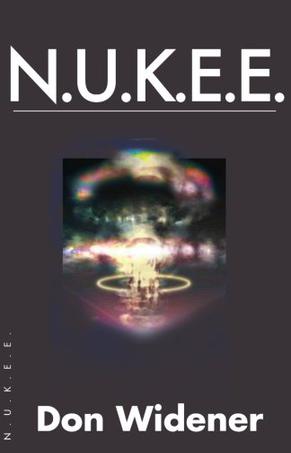
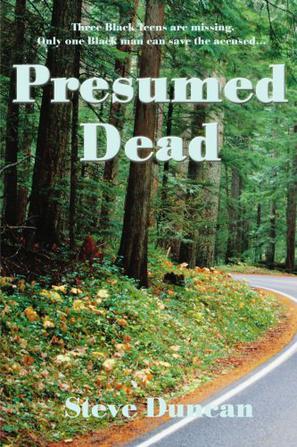





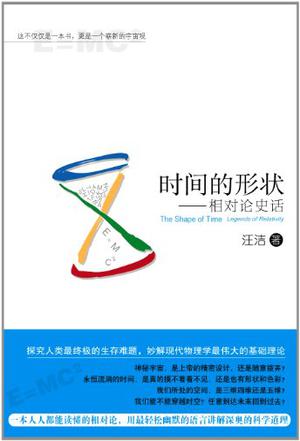

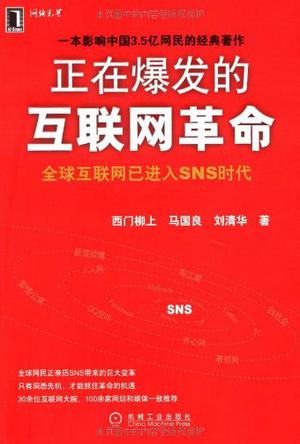






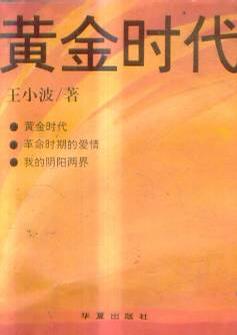
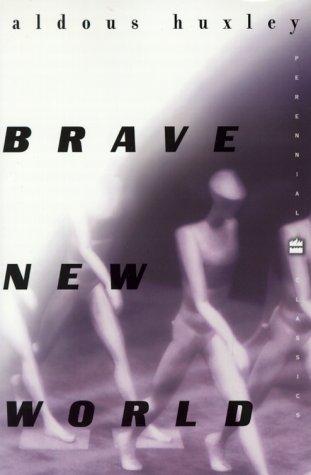
评价“The Messages of the Psalmists”